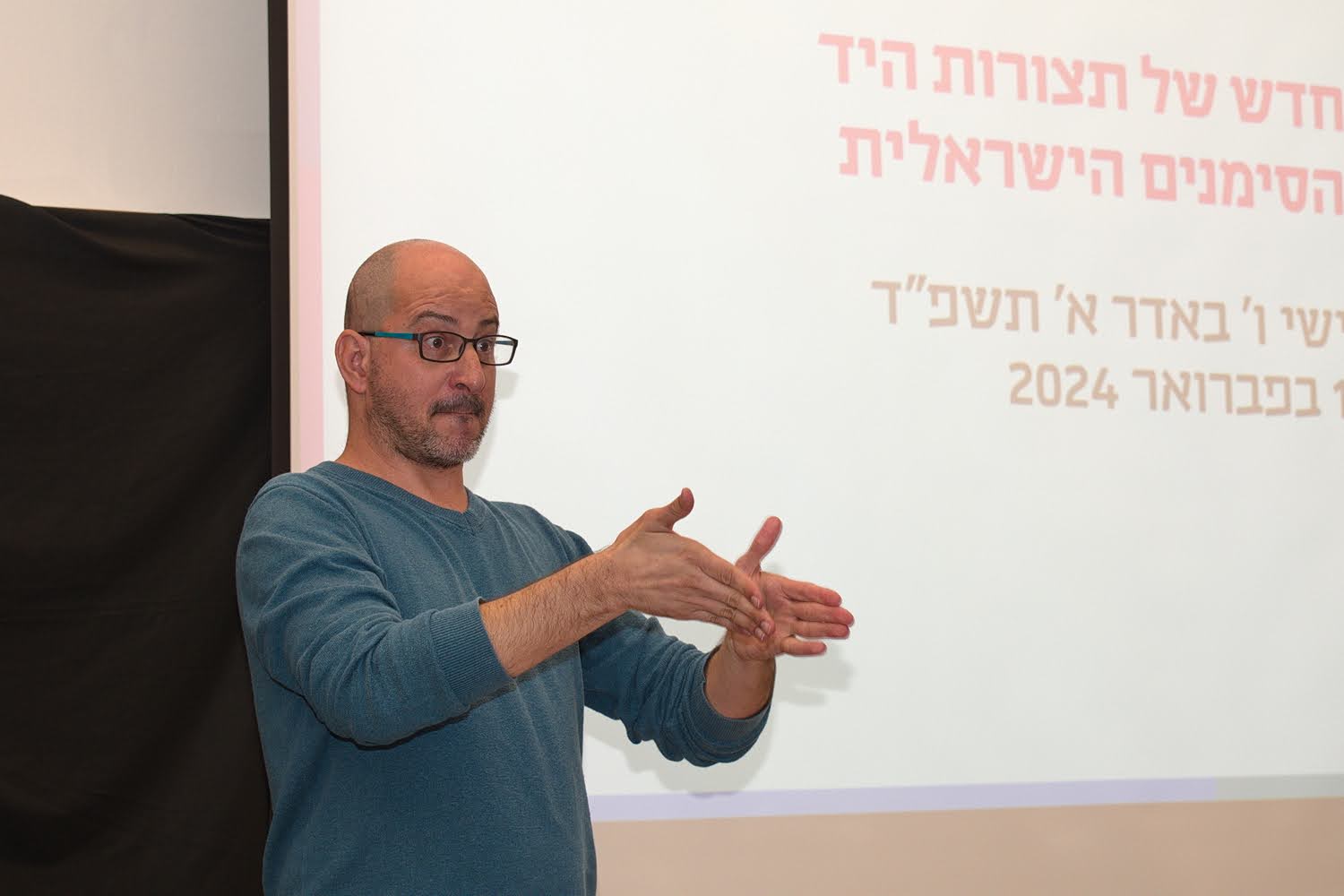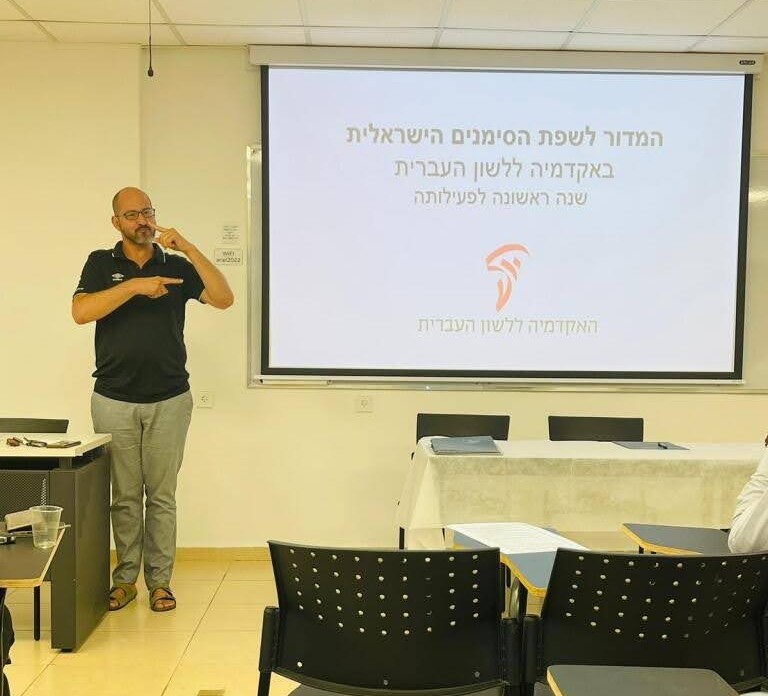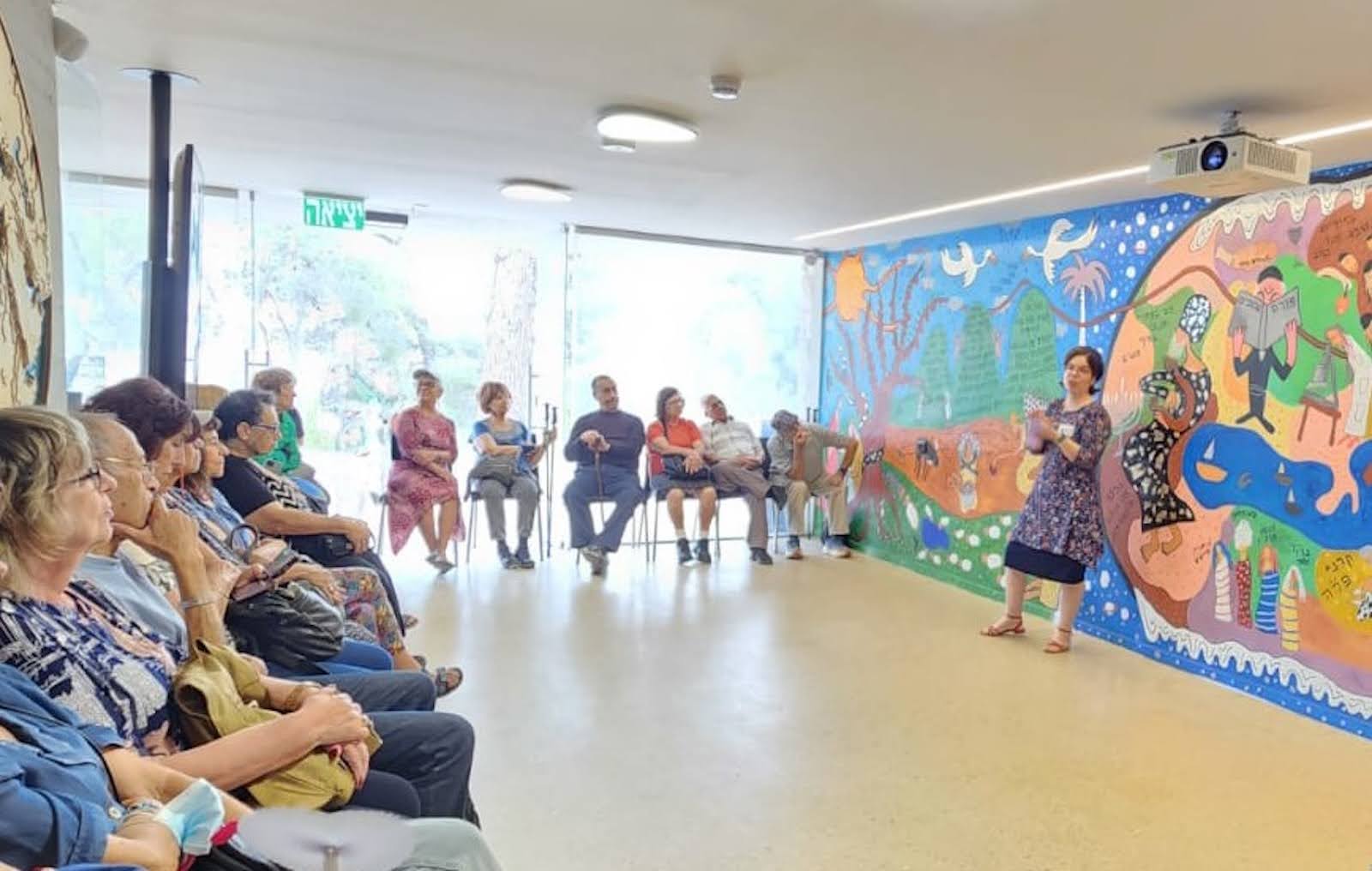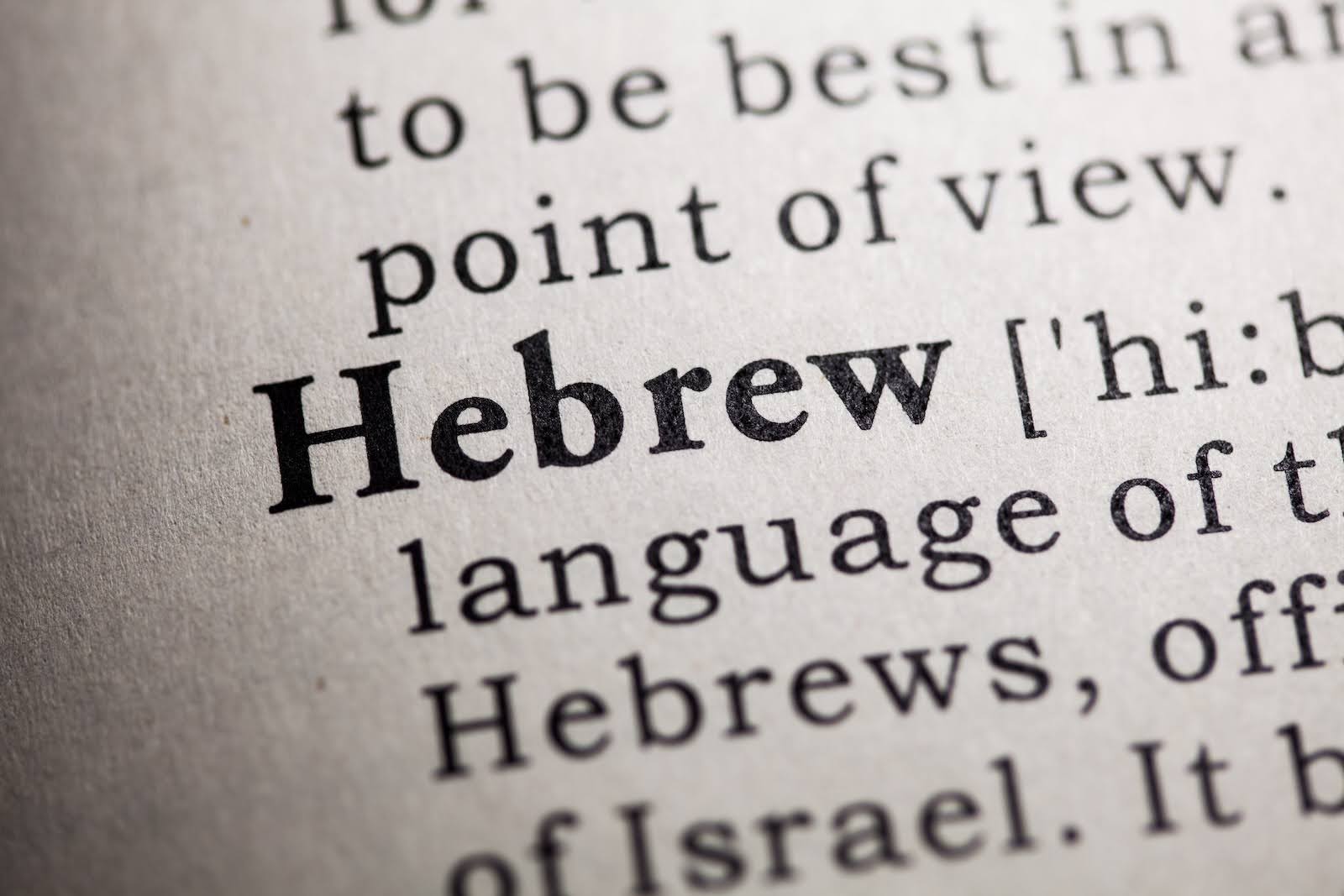
Giving Voice to the Silent: Israeli Sign Language
When we reflect on the history of the Hebrew language, we often look to ancient texts, modern poetry, and the work of the Academy of the Hebrew Language to preserve and advance this remarkable tongue. But the story goes deeper than that — it also includes a rich, visual form of expression: Israeli Sign Language (ISL). And now, ISL has taken a major step forward in its recognition and development, thanks in part to the Academy of the Hebrew Language.

Recognizing Israeli Sign Language at a National Level
The ISL Department at the Academy of the Hebrew Language was established following a 2020 decision by then-Minister of Culture Hili Tropper. In a symbolic move, the department was officially recognized on November 29 — echoing the date of the 1947 UN Partition Plan for Israel.
Since then, the ISL Department has taken on several major projects:
- Developing a comprehensive, updated ISL dictionary
- Promoting academic publications in the field of ISL linguistics
- Offering digital accessibility online and through mobile phones
- Creating a new standardized catalog of handshapes
- Publishing educational resources for the deaf community
- Leading national terminology committees to develop new signs
The department collaborates with leading universities and nonprofits, including Bar-Ilan University, University of Haifa, and organizations like Ma’agalei Shema and the Deaf Association in Israel (ADI). It also actively engages with the greater deaf community in Israel, as well as ISL learners interested in advancing their knowledge.

Israeli Sign Language Enters the Historical Record
The Academy of the Hebrew Language’s Israeli Sign Language (ISL) Department focuses on a number of groundbreaking projects, one of which being a partnership with the Tower of David Museum in Jerusalem. The organization wanted to offer a more inclusive tour experience for deaf and hard-of-hearing visitors, and so the ISL department responded by creating new ISL signs in the fields of history and archaeology.
It quickly became clear that many terms central to Israeli and Jerusalem history simply didn’t exist in ISL. To address this gap, former Knesset member Shirley Pinto, who is also deaf, approached the Academy with a request: to create 20 new signs for use in historical and cultural interpretation for ISL users. Five guiding principles shaped this work:
- Awareness of cultural and religious sensitivities
- Minimizing dependence on international signs
- Ensuring signs were intuitive and memorable
- Allowing for grammatical flexibility in ISL sentence structures
- Reflecting visual and conceptual clarity
Each proposed sign was also evaluated from a linguistic and historical perspective before being submitted for external review by ISL teachers.
Working Towards a More Inclusive Future
Through its work in Israeli Sign Language, the Academy of the Hebrew Language expands its mission beyond speech and text. By enriching ISL with historical terminology, the Academy promotes linguistic awareness among the general public, positioning sign language as a means of advancing linguistic accessibility. Through all of these endeavours, the department not only honors the past — it also builds a more inclusive linguistic future for all.
At Friends of the Academy of the Hebrew Language, we’re proud to say that the timeline of Hebrew history now includes ISL — a testament to the evolving, inclusive, and living nature of language. To learn more about our mission and work — or to become a Friend yourself — visit our website today.

The history of the Hebrew language is rich, beautiful, and complex. To learn more, read our Hebrew history timeline: Hebrew through the ages!
The history of the Hebrew language is rich, beautiful, and complex. To learn more, read our Hebrew history timeline: Hebrew through the ages!
Learn about the Academy of the Hebrew Language’s Cultural & Educational Center, a hub of knowledge for Hebrew’s history, revival and development.
Learn about the Academy of the Hebrew Language’s Hebrew dictionary, archive, and database through their Historical Dictionary Project.





